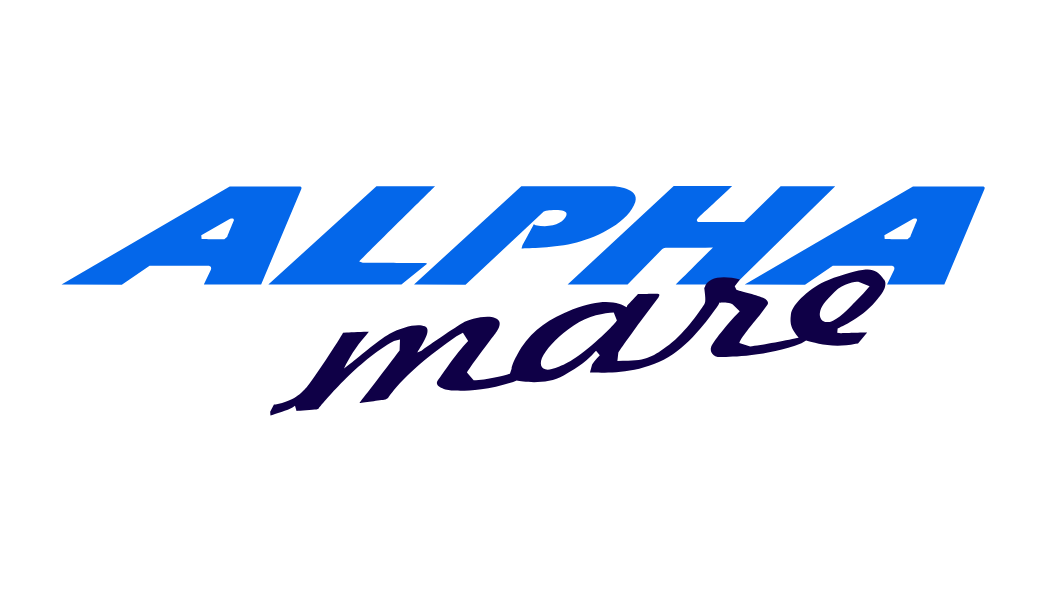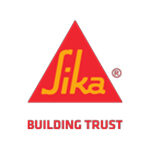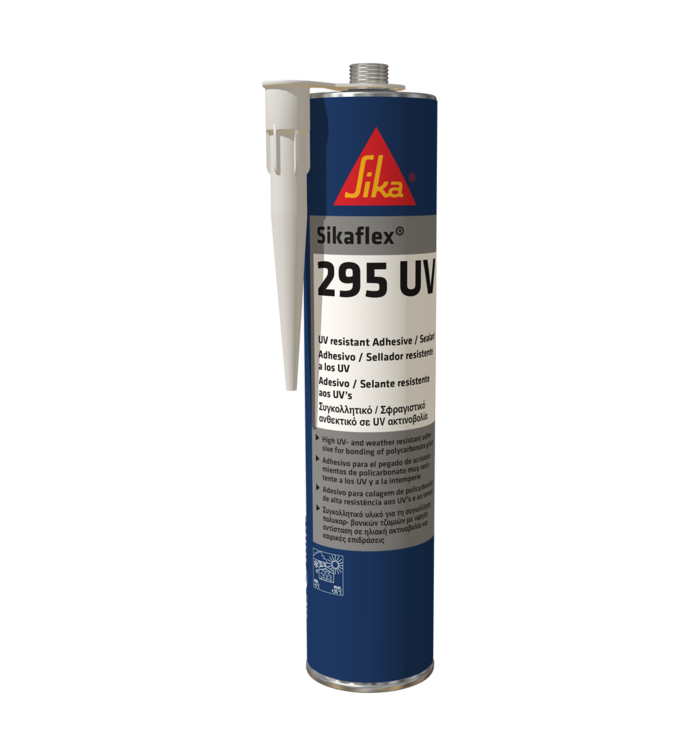Sikaflex®-291i
Sikaflex®-291i is a non-sag 1-component polyurethane sealant specifically developed for the marine market, which cures on exposure to atmospheric moisture. Sikaflex®-291i meets in addition the low spread of flame requirements set out by the International Maritime Organisation (IMO).
- Wheelmark approved
- 1-component formulation
- Highly elastic
PRODUCT BENEFITS
- Wheelmark approved
- 1-component formulation
- Highly elastic
- Low odour
- Non-corrosive
- Can be painted
- Bonds well to a wide variety of marine substrates
- Solvent free
- Very low VOC
- Low isocyanate content
Areas of Application
Sikaflex®-291i is a multipurpose product used in marine constructions. It is suitable for making elastic, vibration-resistant joint seals, and can also be used for a variety of interior sealing applications. Sikaflex®-291i bonds extremely well to the materials commonly used in marine construction like wood, metals, metal primers and paint coatings (2-C systems), ceramic materials and plastics (GRP, etc.). Sikaflex®-291i must not be used to seal plastics that are prone to stress cracking (e.g. PMMA, PC, etc.). This product is suitable for experienced professional users only. Test with actual substrates and conditions have to be performed to ensure adhesion and material compatibility.
Product Details
| Chemical base | 1-component polyurethane
|
|
| Color (CQP001-1) | White, grey, black, brown | |
| Cure mechanism | Moisture-curing | |
| Density (uncured) | depending on color | 1.3 kg/l |
| Non-sag properties | Good | |
| Application temperature | ambient | 10 ─ 40 °C |
| Skin time (CQP019-1) | 60 minutes A | |
| Open time (CQP526-1) | 45 minutes A | |
| Curing speed (CQP049-1) | (see diagram) | |
| Shrinkage (CQP014-1) | 2 % | |
| Shore A hardness (CQP023-1 / ISO 48-4) | 40 | |
| Tensile strength (CQP036-1 / ISO 527) | 1.8 MPa | |
| Elongation at break (CQP036-1 / ISO 527) | 700 % | |
| Tear propagation resistance (CQP045-1 / ISO 34) | 7 N/mm | |
| Service temperature (CQP513-1) |
4 hours 1 hour
|
-50 ─ 90 °C
120 °C 140 °C
|
| Shelf life (CQP016-1) | 12 months B |
| CQP = Corporate Quality Procedure | A) 23 °C / 50 % r. h. | B) storage below 25 °C |
Application
Surface preparation
Surfaces must be clean, dry and free from grease, oil and dust.
Surface treatment depends on the specific nature of the substrates and is crucial for a long lasting bond. Suggestions for surface preparation may be found on the current edition of the appropriate Sika® Pre-Treatment Chart. Consider that these suggestions are based on experience and have in any case to be verified by tests on original substrates.
Application
Sikaflex®-291i can be processed between 10 °C and 40 °C but changes in reactivity and application properties have to be considered. The optimum temperature for substrate and sealant is between 15 °C and 25 °C.
Sikaflex®-291i can be processed with hand, pneumatic or electric driven piston guns.
Tooling and finishing
Tooling and finishing must be carried out within the skin time of the sealant. It is recommended using Sika® Tooling Agent N. Other finishing agents must be tested for suitability and compatibility prior the use.
Removal
Uncured Sikaflex®-291i can be removed from tools and equipment with Sika® Remover-208 or another suitable solvent. Once cured, the material can only be removed mechanically. Hands and exposed skin have to be washed immediately using Sika® Cleaner-350H cleaning towels or a suitable industrial hand cleaner and water.
Do not use solvents on skin!
Overpainting
Sikaflex®-291i can be best painted after formation of a skin. Painting could be improved by treating the joint surface with Sika® Aktivator-100 or Sika® Aktivator-205 prior to paint process. If the paint requires a baking process (> 80 °C), best performance is achieved by allowing the sealant to fully cure first. All paints have to be tested by carrying preliminary trials under manufacturing conditions.
The elasticity of paints is usually lower than that of sealants. This could lead to cracking of the paint in the joint area.
About Alpha Mare
Alpha Mare has been established in the year 2000 in Greece, in P.Faliro – an area close to the central port of Piraeus and also in the proximity of 6 marines in Attica, which places our headquarters in the very heart of the yachting life.
About Reflection
Reflection has been a trusted name in yacht and boat painting since its founding in 2001. With a long-term vision of expanding operations across the Mediterranean and Northern Europe, Reflection is the ideal partner for all yacht painting needs – ranging from standard maintenance to projects with high technical demands, including large yachts.










